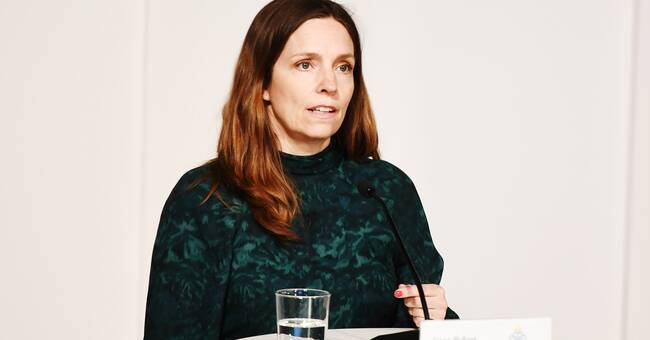The spread of infection in society is still high, the Swedish Public Health Agency states at today's joint press conference.
Between weeks 16 and 17, there was a slight decrease in the number of new cases, but it is less than the week before.
- It is a continuing declining trend, but it is a little worrying that something has stopped, says the Public Health Agency's unit manager Sara Byfors.
Increase among children and young people
The number of new cases among children and young people is increasing.
According to Sara Byfors, this can partly be explained by increased testing in schools.
At the same time, there is a clear reduction in the number of new cases among the oldest, probably an effect of the vaccine.
However, there is also a decrease among lower age groups.
The National Board of Health and Welfare states that the burden on health care continues to be very high.
According to the latest information, there are 1,522 inpatients for covid-19 outside the intensive care units.
Regional differences
At the regional level, the situation differs somewhat.
The Västernorrland region has been hit hard in recent weeks, but now the number of new cases seems to be declining.
However, there is still a lot of pressure on healthcare in the region.
Region Kronoberg is another of the hardest hit regions.
There you see a continued increase - and it still has not reversed.
The Östergötland region is in third place in the most spread of infections right now.
The three metropolitan regions have a better location.
In Stockholm, however, an increase can be seen between weeks 16 and 17, as well as in Skåne.
In Västra Götaland, however, it is declining.
Globally, there is an increase that is largely driven by the increase in India.
There is a worrying trend that does not seem to be diminishing, says Byfors.
At EU level, however, the number of new cases is declining.

